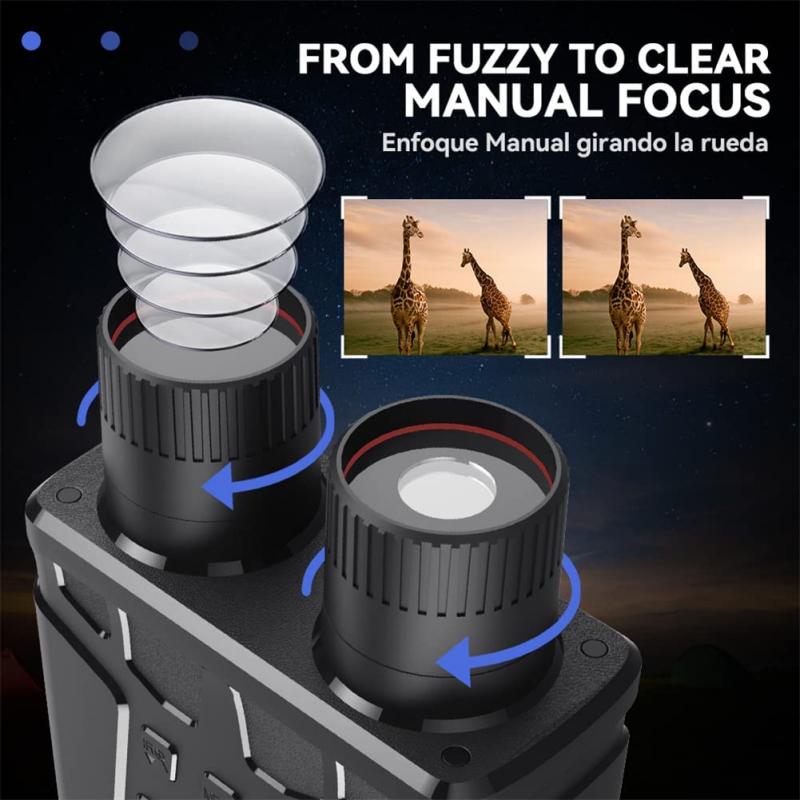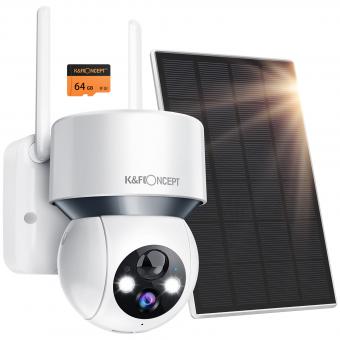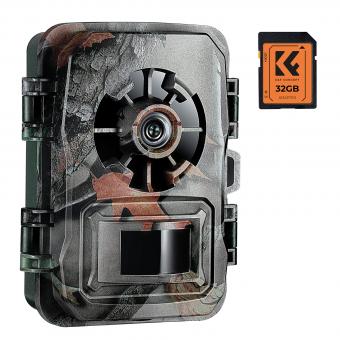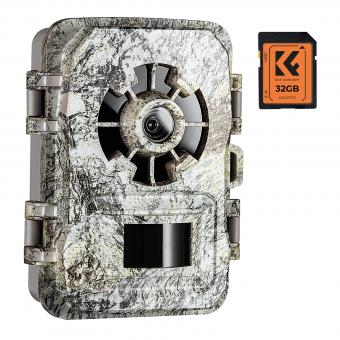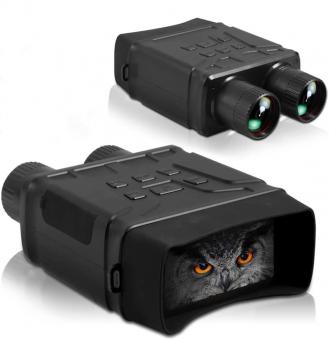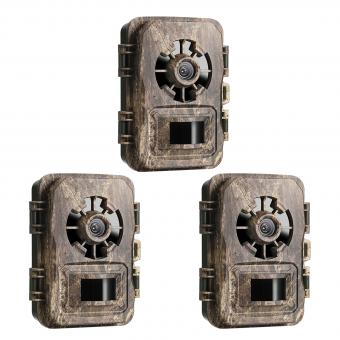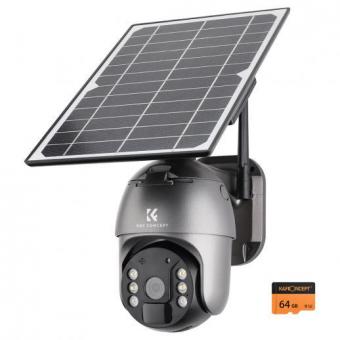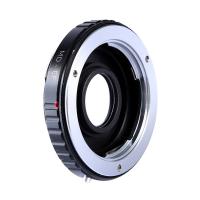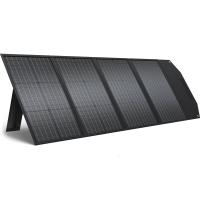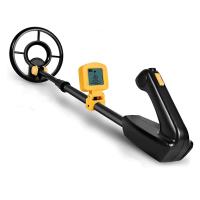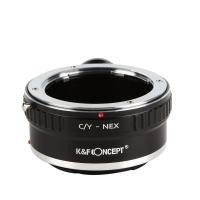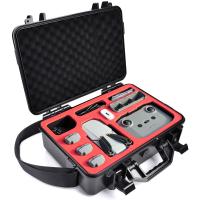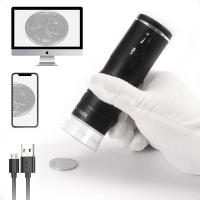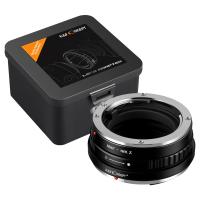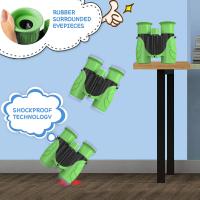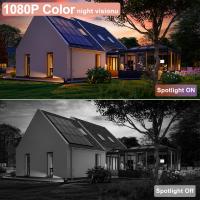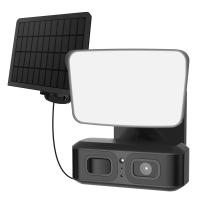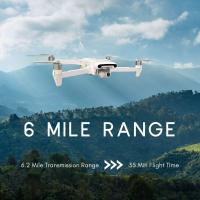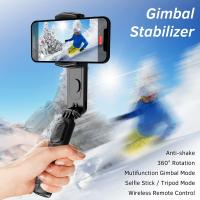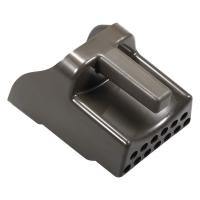How To Make Night Vision Goggle ?
To make night vision goggles, you would need to have a good understanding of optics and electronics. The basic principle behind night vision technology is the amplification of available light, such as moonlight or infrared radiation, to enhance visibility in low-light conditions. Night vision goggles typically consist of an image intensifier tube, a power source, and a lens system.
The image intensifier tube is the key component that amplifies the incoming light. It converts photons into electrons and then amplifies them before converting them back into visible light. The power source provides the necessary electrical energy to operate the goggles, while the lens system helps focus and direct the light onto the image intensifier tube.
Building night vision goggles from scratch would require expertise in optics to design and assemble the lens system, as well as knowledge of electronics to integrate the image intensifier tube and power source. Additionally, it is important to note that manufacturing night vision goggles may require specialized components and equipment that may not be readily available to the average person.
1、 Infrared Technology in Night Vision Goggles
Night vision goggles are devices that allow individuals to see in low-light or dark environments. They are commonly used by military personnel, law enforcement agencies, and outdoor enthusiasts. While there are various types of night vision goggles available, one of the most common technologies used is infrared (IR) technology.
Infrared technology in night vision goggles works by detecting and amplifying the infrared light emitted by objects in the environment. Infrared light is not visible to the human eye, but it can be detected by specialized sensors in the goggles. These sensors convert the infrared light into an electronic signal, which is then amplified and displayed on a screen, allowing the user to see the surroundings.
To make night vision goggles using infrared technology, several components are required. These include an infrared sensor, an image intensifier tube, and a display screen. The infrared sensor detects the infrared light and converts it into an electronic signal. The image intensifier tube amplifies the signal, making the image brighter and clearer. Finally, the display screen shows the amplified image to the user.
It is important to note that creating night vision goggles using infrared technology is a complex process that requires specialized knowledge and equipment. It is not something that can be easily done at home. Additionally, the use of night vision goggles may be subject to legal restrictions in some jurisdictions.
In recent years, there have been advancements in infrared technology, leading to the development of more compact and efficient night vision goggles. These advancements have allowed for improved image quality, longer battery life, and increased durability. Additionally, some newer models of night vision goggles also incorporate other technologies, such as thermal imaging, to provide a more comprehensive view of the environment.
Overall, infrared technology plays a crucial role in night vision goggles, allowing users to see in low-light or dark conditions. While the process of making night vision goggles using infrared technology is complex and requires specialized knowledge, advancements in this field continue to improve the performance and capabilities of these devices.
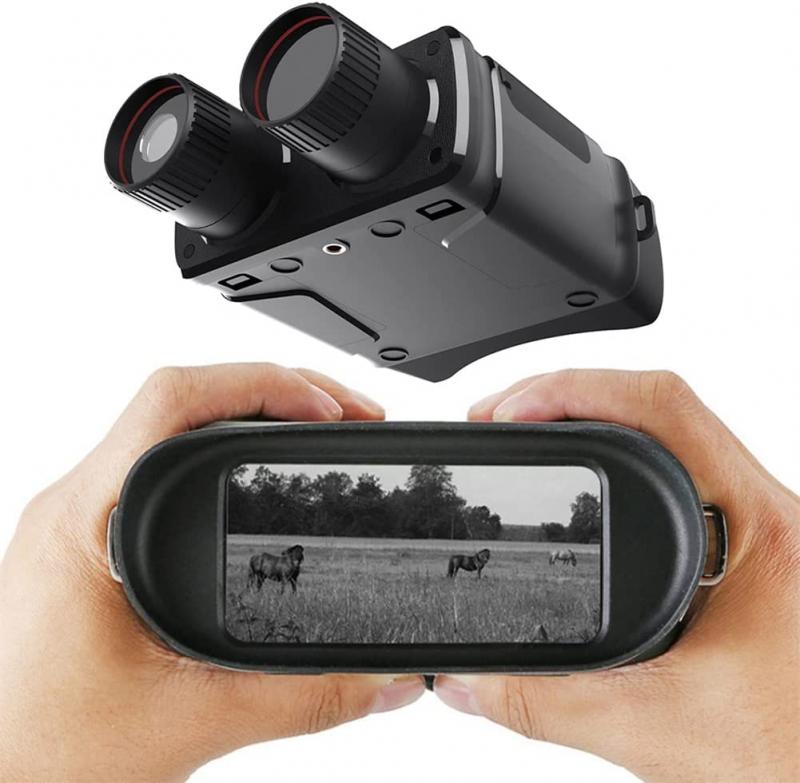
2、 Image Intensification in Night Vision Goggles
Night vision goggles are devices that allow individuals to see in low-light or dark environments. They utilize a technology called image intensification to enhance the available light and provide a clearer image.
Image intensification in night vision goggles works by collecting the ambient light through the objective lens. This light is then passed through a photocathode, which converts the photons into electrons. These electrons are then accelerated and focused by an electric field, creating a brighter image. The electrons strike a phosphor screen, which emits light that is visible to the user through the eyepiece.
To make night vision goggles, one would need to have a thorough understanding of the complex technology involved and access to specialized components. The process would involve sourcing the necessary components, such as the objective lens, photocathode, electron accelerator, and phosphor screen. These components would need to be carefully assembled and calibrated to ensure optimal performance.
It is important to note that the manufacture of night vision goggles is a highly regulated process, and it is illegal in many countries to produce or possess night vision devices without the appropriate licenses. Additionally, the technology used in night vision goggles is constantly evolving, with advancements being made in areas such as sensor technology and image processing algorithms.
In conclusion, while it is possible to understand the basic principles behind image intensification in night vision goggles, the actual construction of these devices requires specialized knowledge and access to regulated components. It is recommended to consult with professionals or licensed manufacturers for the production or acquisition of night vision goggles.
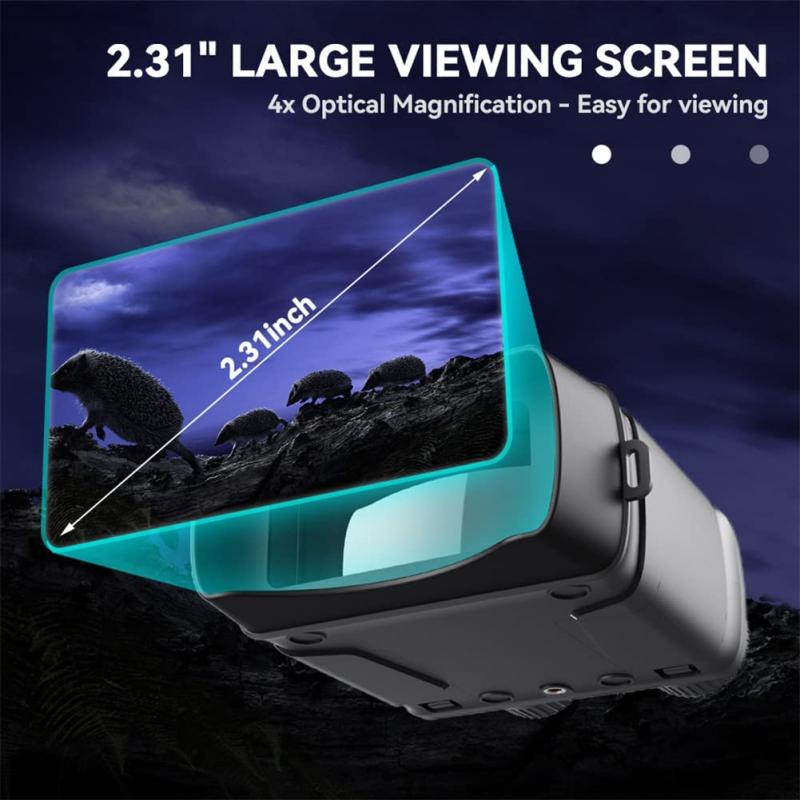
3、 Thermal Imaging in Night Vision Goggles
Night vision goggles are devices that allow individuals to see in low-light or dark environments. They work by amplifying the available light, such as moonlight or starlight, to provide a clearer image. However, if you are looking to create a night vision goggle with thermal imaging capabilities, the process becomes more complex.
Thermal imaging technology detects the heat emitted by objects and converts it into a visible image. This allows users to see in complete darkness, as thermal energy is present even when there is no visible light. To create night vision goggles with thermal imaging capabilities, you would need specialized components and expertise in electronics and optics.
The latest advancements in thermal imaging technology have led to the development of smaller, more efficient sensors. These sensors can detect even the slightest temperature differences, providing a more detailed and accurate image. Additionally, advancements in image processing algorithms have improved the clarity and resolution of thermal images.
To create night vision goggles with thermal imaging, you would need to start with a thermal sensor, such as a microbolometer. This sensor detects infrared radiation and converts it into an electrical signal. The signal is then processed and displayed on a screen, allowing the user to see the thermal image.
However, it is important to note that creating night vision goggles with thermal imaging capabilities is a complex and specialized task. It requires knowledge in electronics, optics, and image processing. Additionally, the components and technology required may not be readily available to the average person. It is recommended to consult with professionals or companies specializing in night vision technology for the best results.
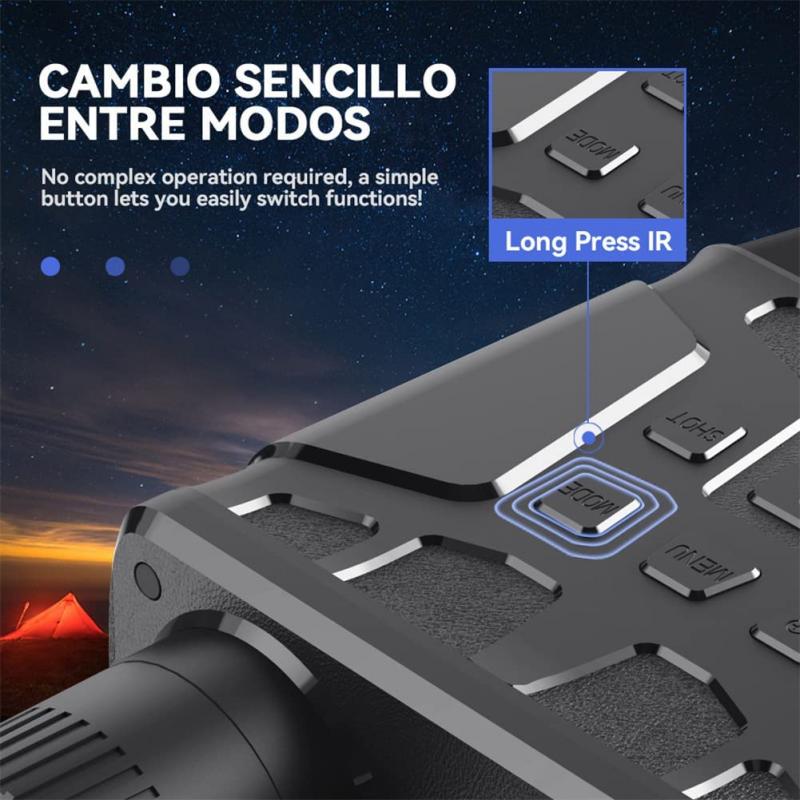
4、 Generation Types of Night Vision Goggles
Night vision goggles are devices that allow individuals to see in low-light or dark environments. They work by amplifying the available light, including infrared light, to provide enhanced visibility. While it is not possible to make night vision goggles at home, understanding the different generations of night vision technology can provide valuable insights into their functionality.
Generation Types of Night Vision Goggles:
1. Generation 1: This is the earliest and most basic form of night vision technology. It amplifies available light by using an image intensifier tube. Generation 1 goggles are affordable but have limited resolution and performance in low-light conditions.
2. Generation 2: These goggles offer improved performance compared to Generation 1. They incorporate a micro-channel plate in the image intensifier tube, resulting in better resolution and sensitivity. Generation 2 goggles are commonly used by law enforcement and security personnel.
3. Generation 3: Considered the current standard for night vision technology, Generation 3 goggles provide exceptional performance in low-light conditions. They feature a gallium arsenide photocathode, which significantly enhances sensitivity and resolution. Generation 3 goggles are widely used by military forces and law enforcement agencies.
4. Generation 4: This is the latest development in night vision technology. Generation 4 goggles offer improved performance in extremely low-light conditions and reduced halo effect. They utilize a filmless tube, resulting in better image quality and increased durability. Generation 4 goggles are primarily used by elite military units.
It is important to note that the production and sale of night vision goggles are regulated in many countries due to their potential misuse. Therefore, it is recommended to purchase night vision goggles from authorized and reputable sources.
